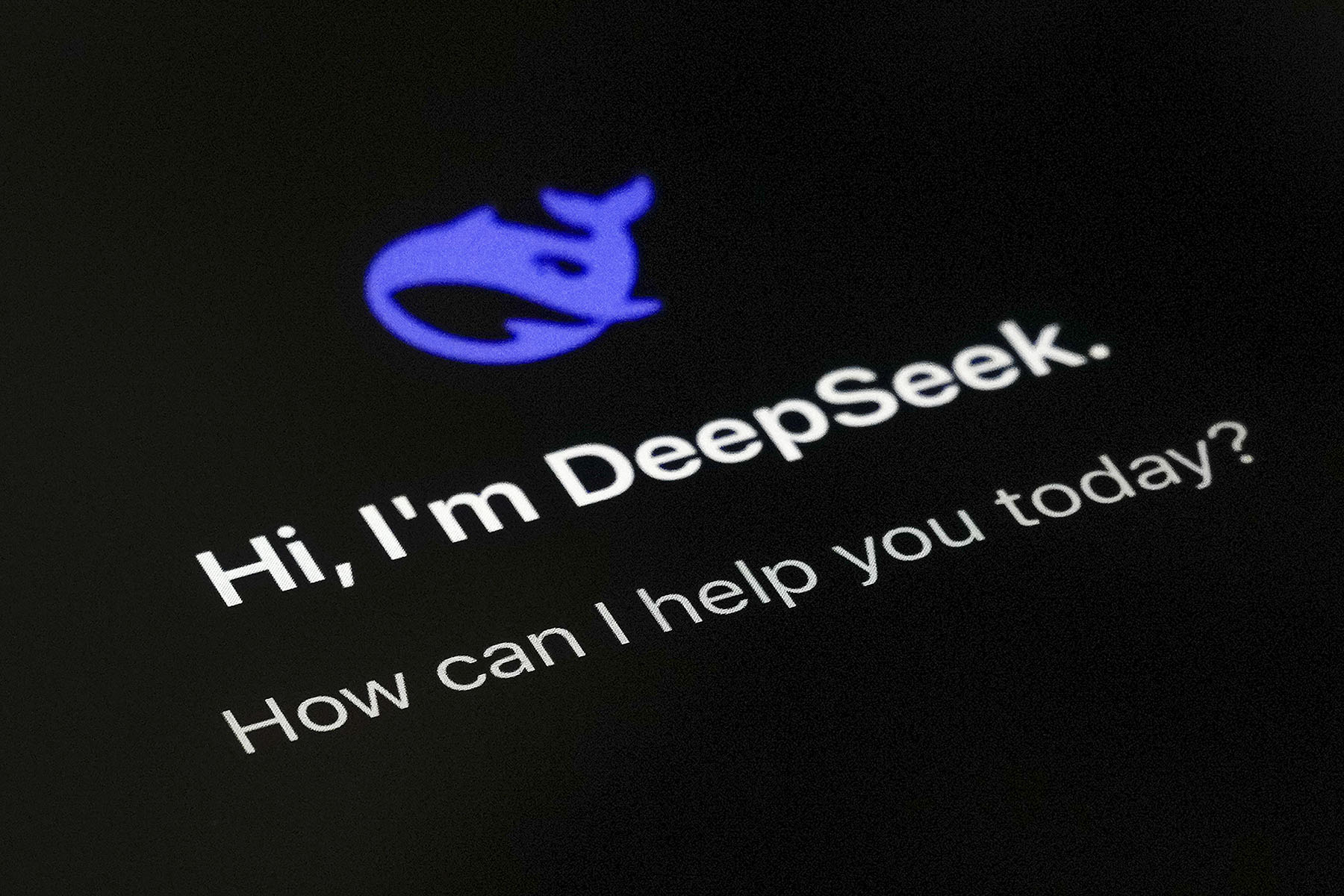Experts see further innovation from China firms amid big breakthrough

An increasing number of Chinese firms are poised to follow DeepSeek in pushing forward innovation and cooperation and making global breakthroughs despite rounds of sanctions from the United States, industry experts said on Feb 2.
They made the comments after it was reported that the US National Security Council will look at the alleged national security implications of DeepSeek, a private Chinese startup that rocked the tech world recently with a super cost-effective artificial intelligence (AI) large language model.
DeepSeek has already built a homegrown supply chain alliance, including 278 companies, which has increased the domestic production rate of key intellectual properties from 19 percent in 2022 to the current 64 percent.
Pan Helin, a member of the Ministry of Industry and Information Technology’s Expert Committee for Information and Communication Economy, said: “Amid the AI competition between the US and China, DeepSeek has carved out a new technical path for large language models that doesn’t rely on high-end chips and saves on computing power.
“It means that the computing power trap created by the US to restrain Chinese companies is bypassed by DeepSeek. More importantly, it once again proved that the ability to innovate, rather than geopolitical barriers, will be the key for a country in terms of winning the global AI competition,” he said.
DeepSeek’s models were built despite the US curbs on chip exports to China. Analysts at market consultancy Jefferies estimated that a recent version of DeepSeek’s models had a training cost of only $5.6 million, less than 10 percent of the cost of Meta’s Llama.
Pan added that DeepSeek will not be the only Chinese company to make such breakthroughs in the future.
Since DeepSeek launched its new AI model R1 in January, US technology firms have been racing to adopt it despite US authorities’ attempts to block it.
OpenAI investor Microsoft recently launched support for DeepSeek’s R1 on its Azure cloud computing platform.
Meanwhile, top chip designer Nvidia has made DeepSeek’s R1 model available to users of its NIM microservice since Jan 30, saying that the model provides state-of-the-art reasoning capabilities, high inference efficiency, as well as leading accuracy for some tasks.
Wang Peng, a researcher at the Beijing Academy of Social Sciences, said: “While the US views AI as a tool to maintain its hegemony. DeepSeek takes the mission of benefiting humanity, with open-source technology and global free application.
“China’s vision of AI development seems increasingly unstoppable, fueled not just by financial resources, but by a growing culture of collaboration and innovation,” he emphasized.
On Feb 1, Huawei’s cloud business and Chinese AI firm SiliconFlow announced that they jointly launched and went live with DeepSeek’s R1/V3 inference service based on Huawei’s Ascend cloud services.
“It will enable the model to run stably in large-scale environments and meet the requirements for commercial business deployment,” the companies said.
Liu Zhiyuan, an associate professor of computer science and technology at Tsinghua University, said that DeepSeek demonstrated that the gap between the US and China has significantly narrowed in terms of AI development. DeepSeek still faces increasing challenges in expanding its model and service capabilities, and the AI technologies are still rapidly evolving, Liu said.


